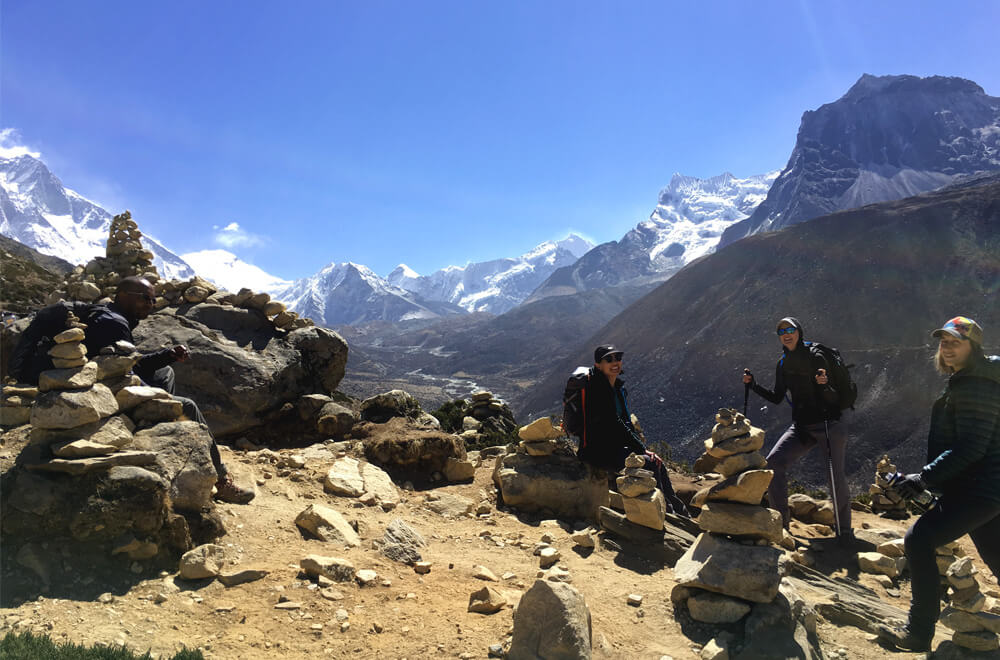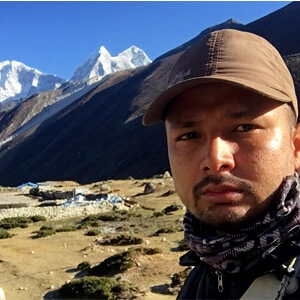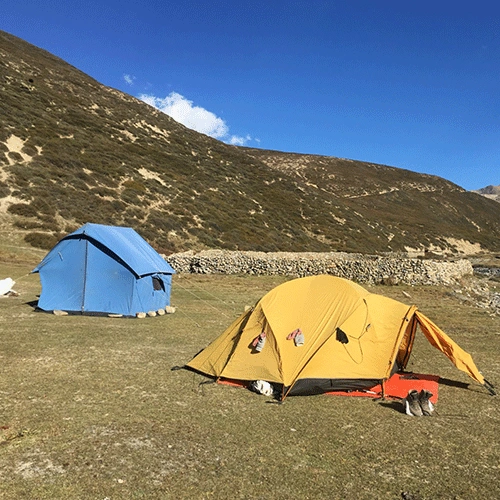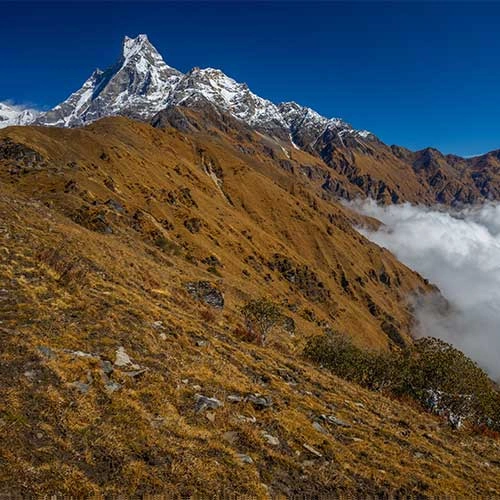What is Altitude Sickness? Know Before You Go for Himalayan Treks
Altitude sickness, also known as acute mountain sickness, is a condition that can occur when trekkers ascend to higher altitudes without proper preparations or acclimatization. Its symptoms include hyperventilation (erratic breathing), nausea, vomiting, headache, the problem with sleep, and exhaustion.
The cause of this sickness is the lack of oxygen in higher altitudes. The sudden change in the air pressure causes a lack of oxygen and if the person who is climbing doesn’t get enough time to adjust to the new pressure levels then it may result in altitude sickness.
Types of Altitude Sickness
There are three kinds of altitude sickness that you may face at a height of above 2400 meters.
The first one is Acute Mountain Sickness (AMS): which is the mildest form and at its worst feels like a hangover with dizziness and nausea.
High-Altitude Pulmonary Edema (HAPE): This can be life-threatening as it is caused due to the buildup of fluid in the lungs.
The most dangerous and life-threatening is High Altitude Cerebral Edema (HACE): which is caused due to the accumulation of fluid in the brain and requires immediate help.
High Altitude Sickness Safety Measure and Prevention Techniques

If you are planning on trekking and hiking in the Himalayas or higher altitudes, you must be aware of altitude sickness. The most dangerous aspect of this sickness is that anyone can have it. It doesn’t matter how fit you are; in fact, being too active can cause this illness as well. The actual causes of altitude sickness are the speed of your ascent, physical exertion, and lack of acclimatization.
The first thing to keep in mind is to not push yourself too much and to keep the journey slow and steady, giving yourself time to rest and get used to the surrounding. The general rule is that you should only climb 300 meters a day so that your body gets time to adjust.
The next thing is sleeping lower than the altitude that you have climbed. Acclimatization is a prominent factor that can help you to prevent altitude sickness. Ample resting and adaption to the Himalayan atmosphere can help the trekkers get used to the thinning air.
You should drink plenty of water and make sure that most of your diet consists of carbohydrates. During the treks, things like tobacco, alcohol, and sleeping pills should not be used. It also helps to keep the required medication with you beforehand in case such conditions do occur. Most of the time, trekkers take supplemental oxygen with them in case of extreme situations.
Solution
The best way to prevent altitude sickness is immediately moving to a lower altitude as soon as possible and allowing the body to adjust to the surrounding environment. Taking medications such as Diamox or Tylenol to alleviate symptoms is recommended.
The level of sickness can’t be measured easily, and it may have life-harming effects so the climber should start coming down as soon as they feel these symptoms. In such situations, immediately inform your trip leader before the situation worsens further.
Note: It is very important to take medical attention if symptoms get worse or do not improve with treatment.
Conclusion
Prevention is better than cure and knowledge is better than ignorance. You must be aware of the causes and symptoms of altitude sickness before you start your journey at higher altitudes. The life-threatening conditions that you may face in case of ignorance can cost you your life. So, the best solution would be to climb slowly, giving yourself time to adjust to your surroundings. Remember that safety always comes first in all conditions





